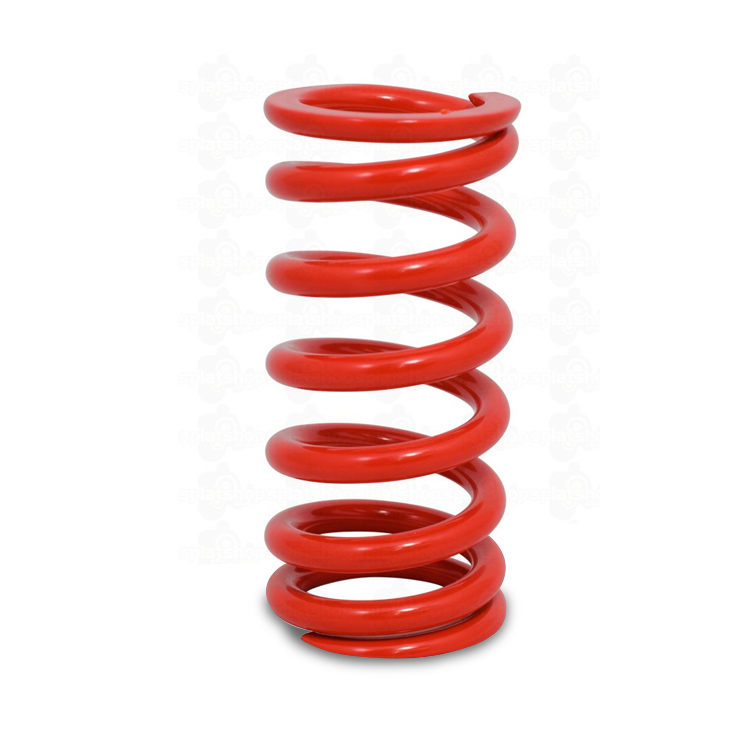News center
What are the common materials for springs? Why do the finished springs need secondary processing?
- 分类:Share
- 发布时间:2022-10-13 08:55:18
【概要描述】The common springs include compression springs, tension springs, torsion springs, scroll springs, retaining springs and other spring types. Springs can be seen everywhere in all walks of life and in o
What are the common materials for springs? Why do the finished springs need secondary processing?
【概要描述】The common springs include compression springs, tension springs, torsion springs, scroll springs, retaining springs and other spring types. Springs can be seen everywhere in all walks of life and in o
- 分类:Share
- 发布时间:2022-10-13 08:55:18
- 访问量:
The common springs include compression springs, tension springs, torsion springs, scroll springs, retaining springs and other spring types. Springs can be seen everywhere in all walks of life and in our daily life, from satellite spacecraft, the bottom of the car to the remote control panel, battery box, etc. So do you know what are the springs made of and what work needs to be done during the production process?
The following we will take you to understand some common types of spring materials: 1. Oil quenched and tempered spring steel wire 2. Carbon spring steel wire 3. Carbon spring steel wire for non-mechanical springs 4. Tool steel cold-rolled steel strip 5. Tempering spring hot rolled wire rod for steel wire 6.Chromium vanadium spring steel wire 7.Chromium vanadium alloy spring steel wire 8.Silicon manganese alloy spring steel wire 9. Fire chromium silicon alloy spring steel wire 10. Silicon manganese spring steel wire 11.Chrome vanadium spring steel wire 12.Chromium silicon Spring steel wire 13. Spring steel steel hydrogen embrittlement, cadmium embrittlement, black embrittlement: brittle fracture caused by high impurity content in spring materials.
After introducing the materials, you may have questions: how long can these materials be used for? Can they meet the requirements? For these problems, our spring factory will plate a layer of elements to make the spring life longer and more conducive to work according to different situations and industries. So what elements will be used, let's take a look.

(1) Zinc plating: Zinc is relatively stable in dry air, hardly changes, and is not easy to change color. A white film of zinc oxide or carbon zinc carbonate will form in humid air. This dense film prevents further corrosion.
(2) Cadmium plating: cadmium plating is mostly used to protect springs from corrosion, and cadmium plating is used to protect the inner metal. Since cadmium is an anode relative to iron, the iron metal below it is even when the cadmium is pulled or cracked. The exposed substrate can be protected by the consumption of cadmium plate, usually as a thin layer (less than 25μm or 1mil thick) of cadmium is applied to atmospheric corrosion.
(3) Copper plating: Electroplating copper is used for casting moulds, nickel plating, chrome plating, silver plating and gold plating, repairing worn parts, preventing local carburization and improving electrical conductivity. (4) Chromium plating: Chromium is a silver-white metal with a slight bluish tint. The chromium plating layer has a high hardness. According to different plating solution components and process conditions, its hardness can vary within a wide range of 400-1200HV. The chrome-plated layer has good thermal properties. When heated below 500°C, its gloss and hardness will not change significantly. When the temperature is higher than 500°C, it will start to oxidize and change color.Hardness begins to decrease above 700°C. The friction coefficient of the chrome plating layer is small, especially the dry friction coefficient, which is relatively low among all metals. Therefore, the chrome plating layer has good wear resistance.
(5) Nickel plating: The appearance of nickel plating is silvery white and yellowish. The method of plating nickel on metal or some non-metals by electrolysis or chemical methods is called nickel plating. Nickel plating is beautiful and can be used for decoration. Slightly complex, the color is silvery white and yellowish.
(6) Tin plating: The appearance of Tin plating is silver-white, which refers to the surface treatment technology of Tin plating on the surface of metal, alloy or other materials to play the role of beauty and anti-rust. The cost of Tin plating is low, corrosion, and the color is silver-white .
(7) Silver plating: The biggest function of silver plating is to use the coating to prevent corrosion, increase conductivity, reflectivity and beauty. (8) Galvanized titanium alloy: The price of galvanized titanium alloy is lower, mainly because it has good corrosion resistance, stability, is not easy to be corroded, and has relatively high hardness. Compared with ordinary titanium alloy, it will be stronger .
